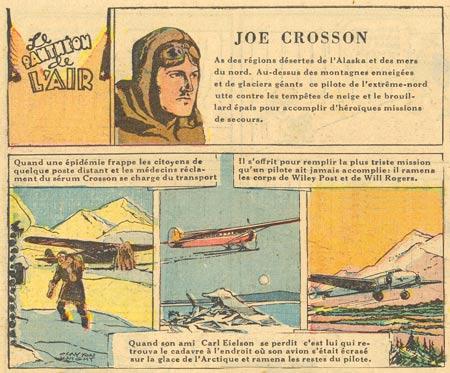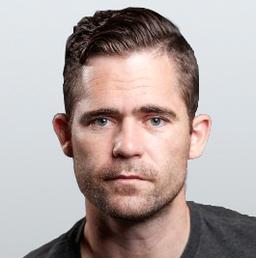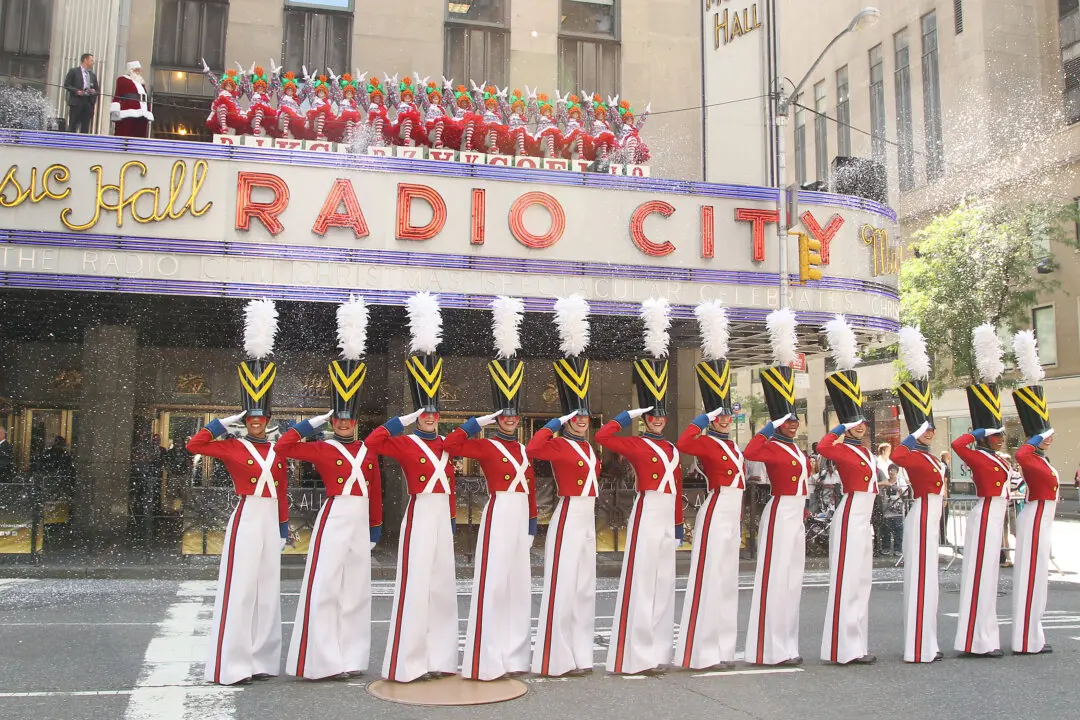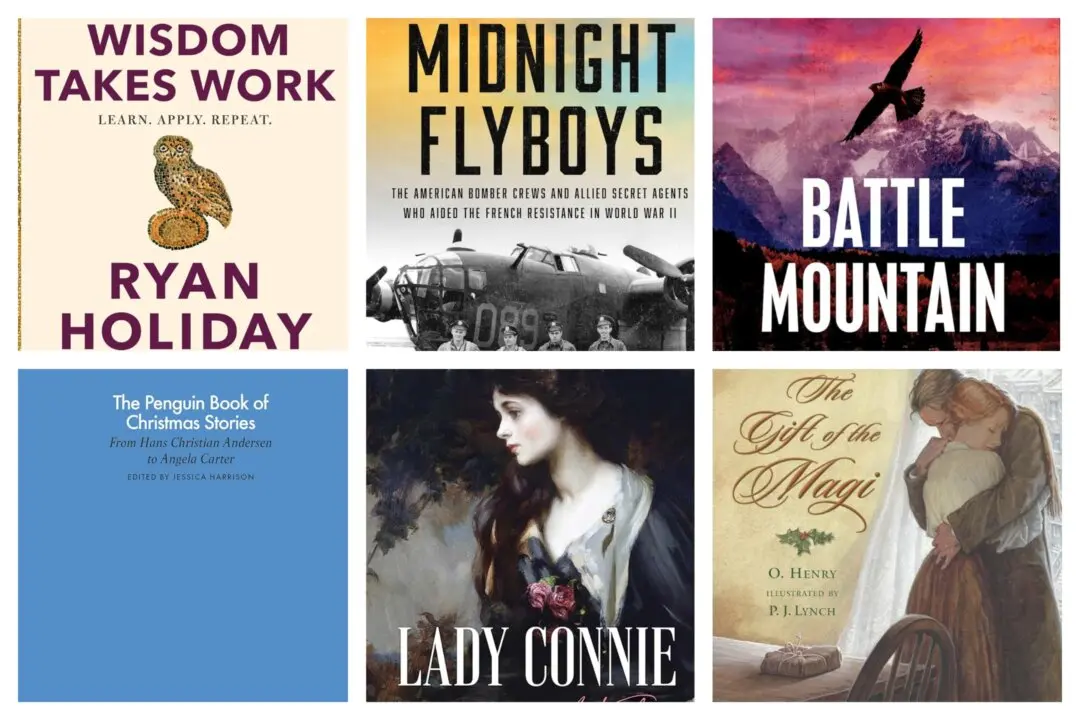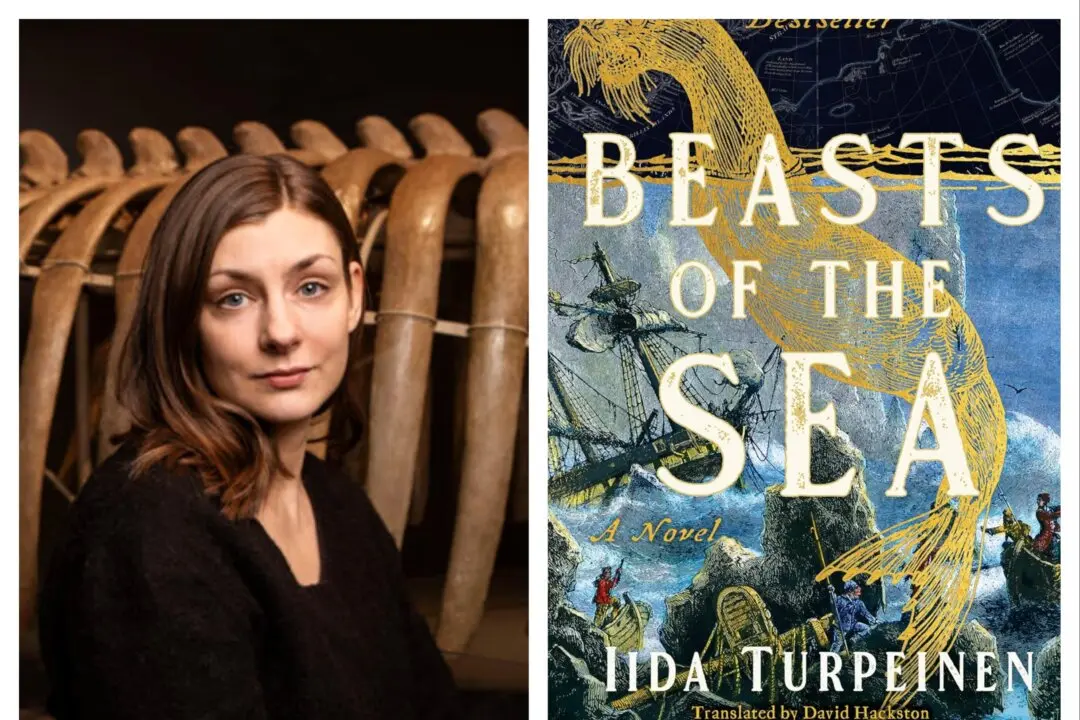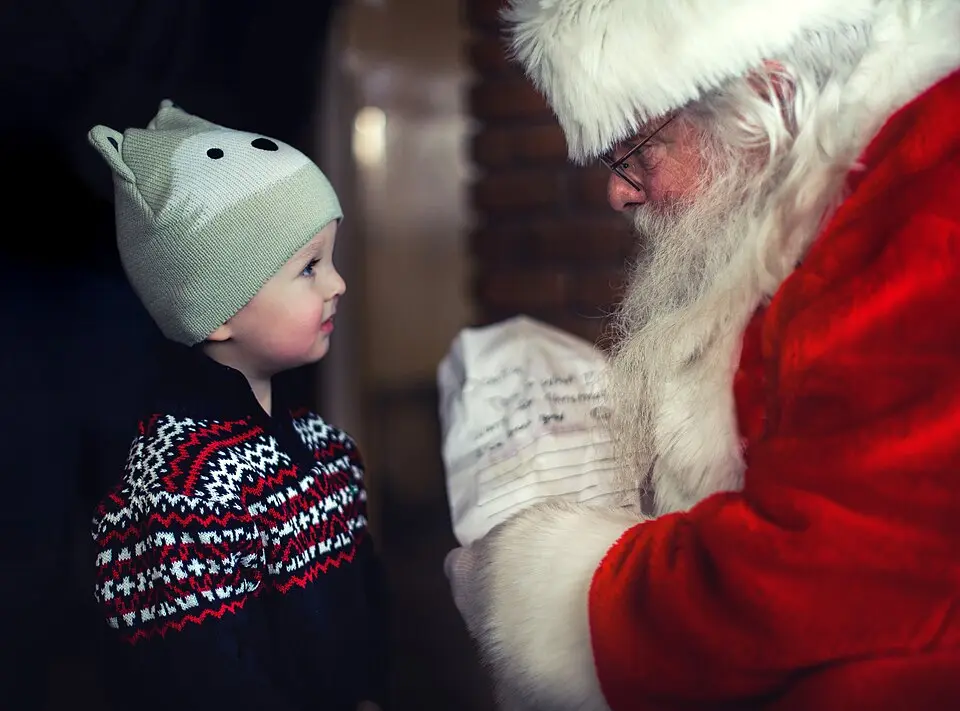Clayton Knight (1891–1969) possessed an affinity for drawing. In his late teenage years, he began his art career in Rochester, New York, as a designer for Stecher Lithographic Company, which specialized in “nurserymen plates” displaying fruits and flowers. Desiring to perfect his craft, Knight moved to Chicago to study at the Art Institute where he was trained by several famous artists, including Robert Henri and George Bellows, who were known for their realism.
Knight quickly excelled at the school, winning the Frederick Magnus Brand prize for composition in 1913. The young artist moved back to New York and continued his art career in Manhattan. Shortly after his return to New York, war broke out in Europe. America, however, remained neutral for nearly three years until declaring war on Germany on April 6, 1917. Two months later, he enlisted into the U.S. Army Signal Corps in hopes of being selected to join the aviation section. By the end of the month, Knight was one of the 150 American pilots known as the “second Oxford detachment” chosen to attend the ground school in England.

